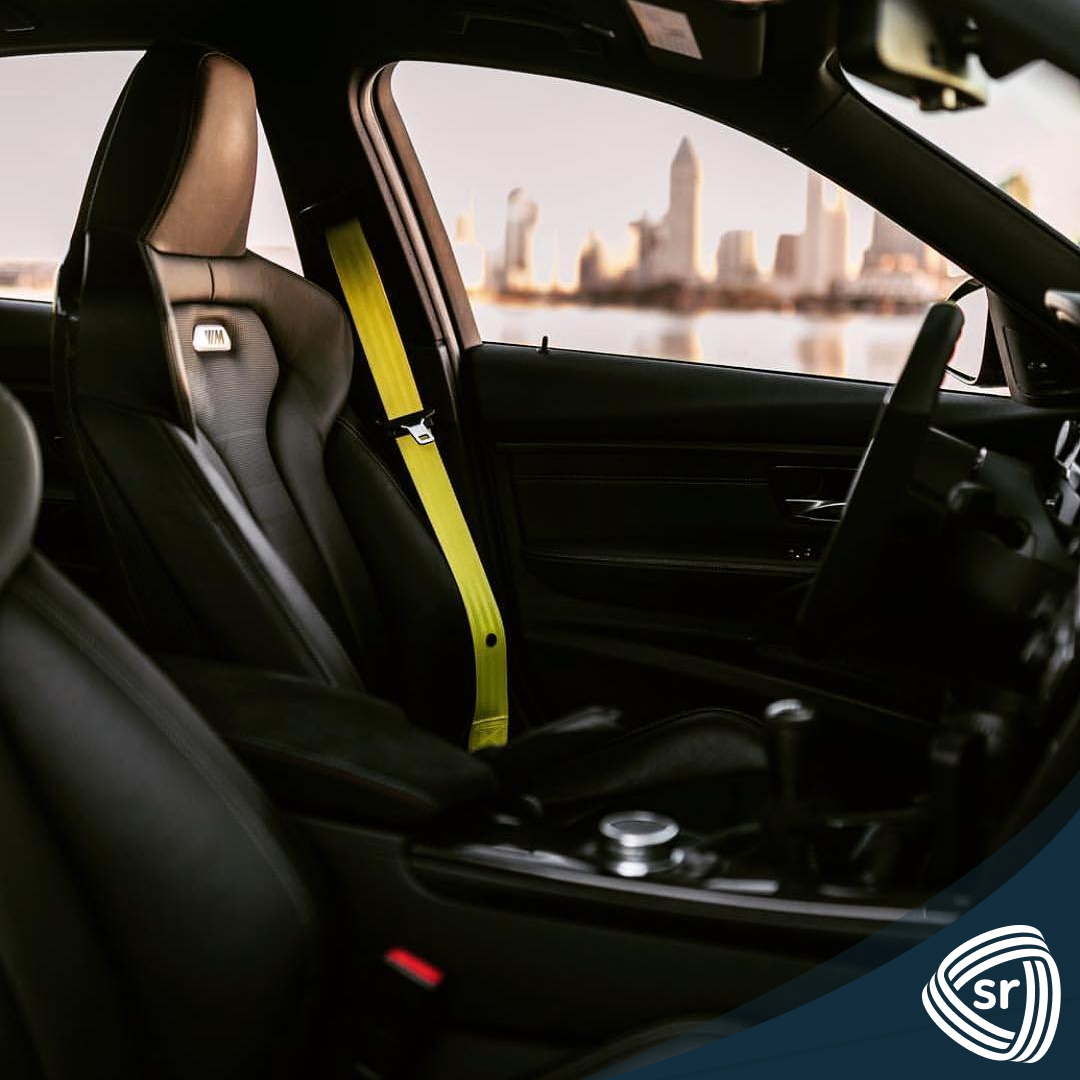As a driver, you should always ensure that everything in your car is working correctly before turning the key in the ignition. While it’s easy to get into auto-pilot mode and hope everything is in good condition, there are a few safety tips you should consider.
By following this pre drive checklist for everyday use, you’ll be doing a number of things that will improve your chance of safe driving. By fine-tuning your observation skills, you will become more aware of when something might be amiss in your vehicle. Let’s get started!
Before You Get In
Before entering your vehicle in the morning, you should conduct a thorough pre trip inspection around your car’s exterior for any damage. Check for any puddles of leaking fluid on the ground, as fluid leaks could indicate all sorts of problems. Red or orange fluid could mean a transmission leak. Oil could imply all kinds of issues. A pungent liquid that smells like eggs or sulfur could indicate a leak from your battery. In any of these cases, you will want to call a mechanic before you drive your car or truck anywhere.
Another thing to check for on your vehicle’s exterior is your tire pressure and any possible damage to your tires. No one wants to drive with a flat tire, but spotting damage early could prevent that flat from ever occurring. If you spot a nail protruding from the rubber, there’s an easy way to tell if you’re leaking air. Put some soapy water in a spray bottle and give the nail a good spritz, or rub the soapy water mixture directly onto the nail. If bubbles form, your tire is leaking, and you should purchase a tire repair kit from your local auto service shop – you can find them most anywhere.
Finally, take a look around your vehicle for any cracks or punctures in your vehicle’s windows. A cracked windshield might not only get you a ticket but also prove to be a hazard if struck during your drive. If you live on a rocky road that flings pebbles up into the air when you drive, a slight crack could turn into a full-blown fissure if the right-sized rock hits it at the right speed and angle. While you can generally drive with a small crack or knick in your windshield or window, it’s something that you’ll want to take care of as soon as possible.
Ensuring Visibility Is High
The first thing you should do when getting in your vehicle is to ensure your headlights and brake lights are fully operational. If you need to get out of your car or truck once it’s turned on, then get out and see that everything is working correctly. While you won’t get a ticket for a fog light that’s out, you might receive a citation for any of the four major lights. It’s something to be aware of, as headlights and brake lights aren’t just for you – they’re crucial signaling devices that other drivers rely on. They can significantly increase the ability of other drivers to see what you’re doing in the rain. The same goes for turn signals, so just stay aware.
If you remember your driving test, you should check to ensure your mirrors are positioned correctly. Side mirrors are known for shifting out of place, so just get into the routine of checking them before you start backing out. You never want to assume that they’re pointing the way they’re supposed to, as you might get a nasty surprise one day when they aren’t. The same goes for your rearview. If you park in the same spot every day, you might want to consider coming up with a point of reference that you can use to adjust your mirrors. Maybe your neighbor’s tree or front door is in the perfect spot for you to line up your mirror.
Adjust Your Seating
While you might know that no one has driven since you got out of your vehicle the night before, it’s still a good idea to adjust your seating and headrest when getting in your car or truck. After all, something might have shifted overnight. It’s also a good rule to always ensure you’re as comfortable as possible, as increased strain on your back could prove dangerous over time. It may distract you from your driving if you’re thinking about it too much.
Make Sure Your Seat Belt Is On
Wearing a seatbelt is not only required by law for drivers in most states but also for passengers – your seatbelt is a life-saving tool anyone entering a vehicle should wear. However, just wearing your seatbelt isn’t enough. You also want to make sure that you’re wearing it correctly. That means the strap isn’t under your arm, the seatbelt isn’t too tight or loose, and it sits comfortably but snugly across your body.
Learn Your Routine, and It’ll Become Second Nature
We hope that this pre trip inspection checklist encourages you to form safer habits when you’re about to drive. While it might sound tedious to do all this every time you get in your vehicle, you won’t even have to think about it over time. A quick walk around your car takes thirty seconds, and keeping your eye out for potential damage isn’t difficult.





